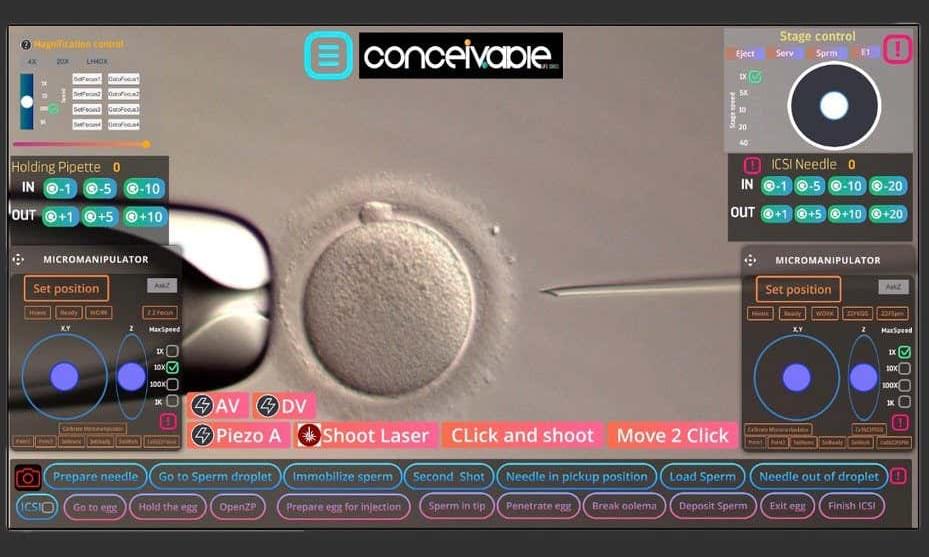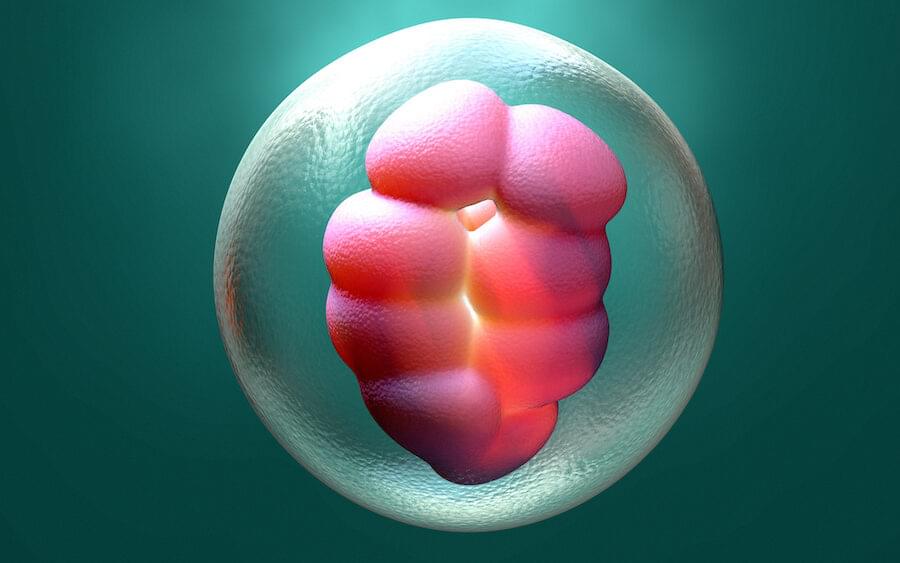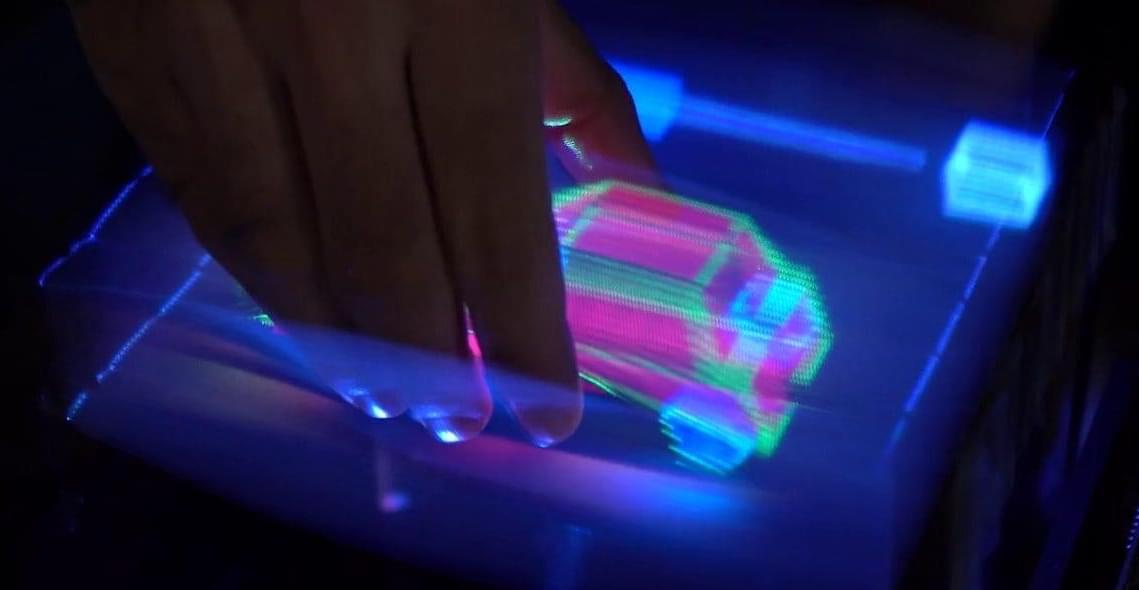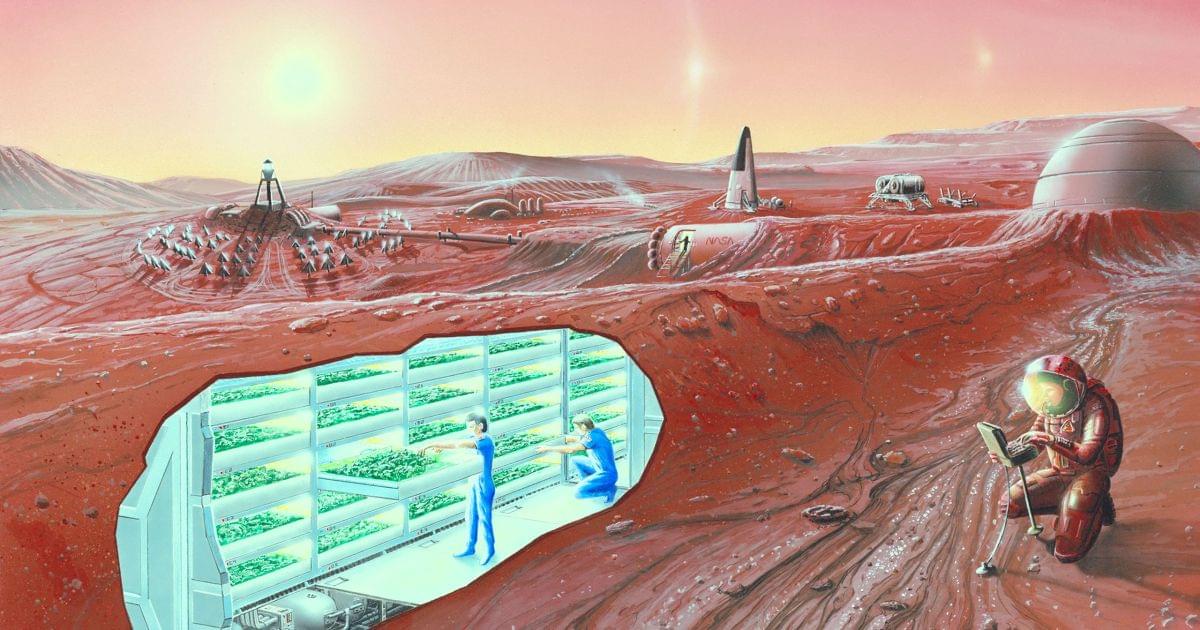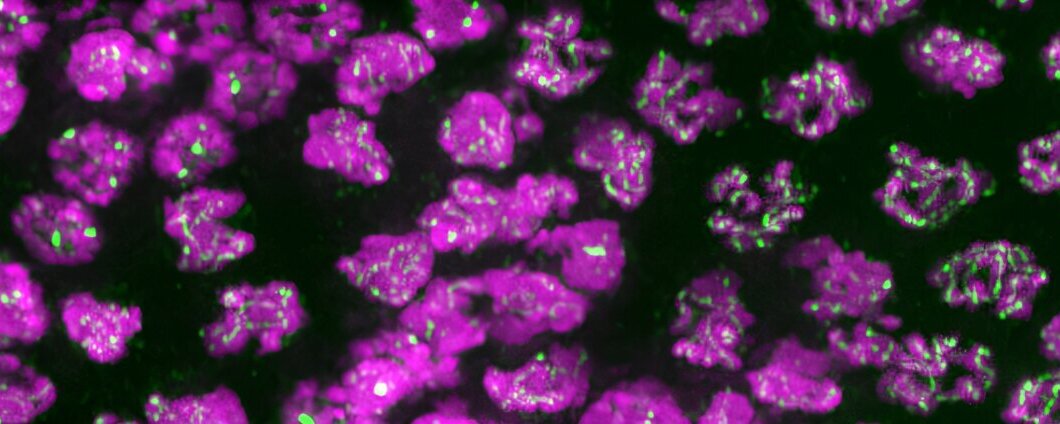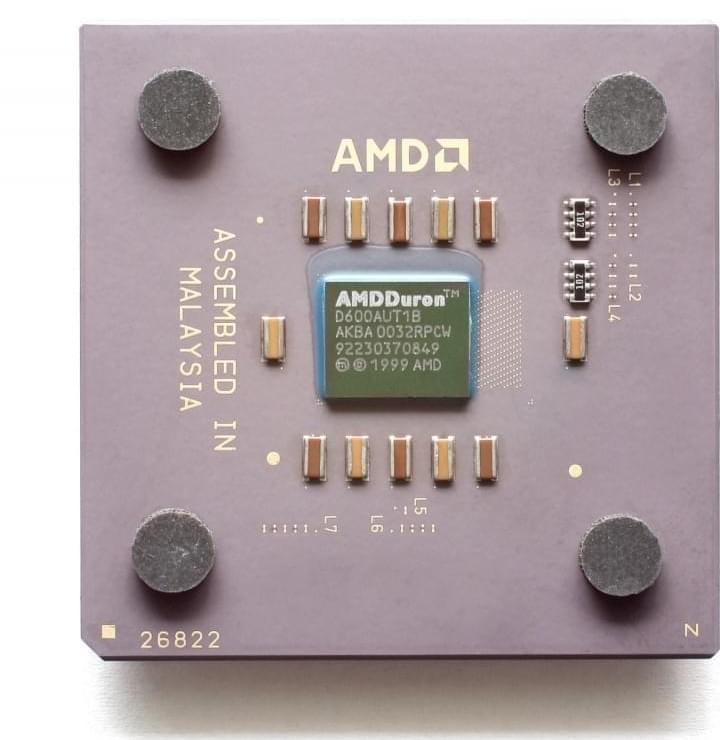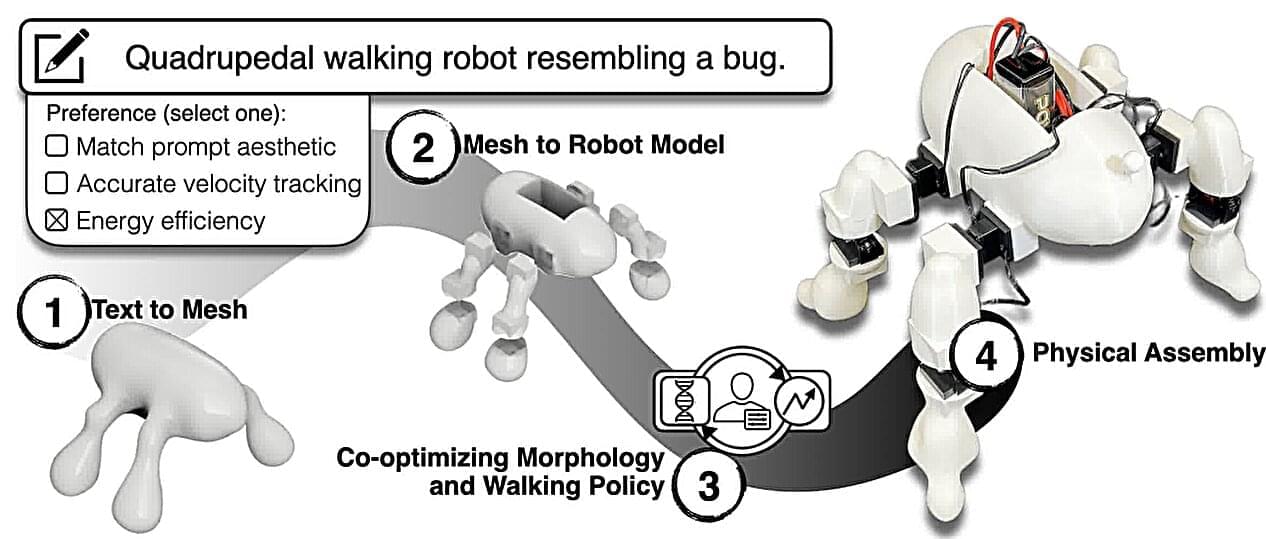A highly automated form of in vitro fertilisation (IVF) has led to a successful birth, raising hopes that this approach could cut the risk of human error during such procedures.
One method of IVF is intracytoplasmic sperm injection (ICSI), where sperm is injected into eggs in a lab dish. This is commonly used in cases of male infertility, as the sperm don’t have to work to reach an egg. Any resulting embryos are then inserted into the uterus. IVF can also be done by mixing sperm and eggs in a lab dish in the hope that fertilisation will take place, which is generally less successful, but also requires less medical intervention.
Image: Conceivable Life Sciences
A baby has been born after being conceived via IVF performed by a machine, with a medical professional merely overseeing the process.
By Carissa Wong
